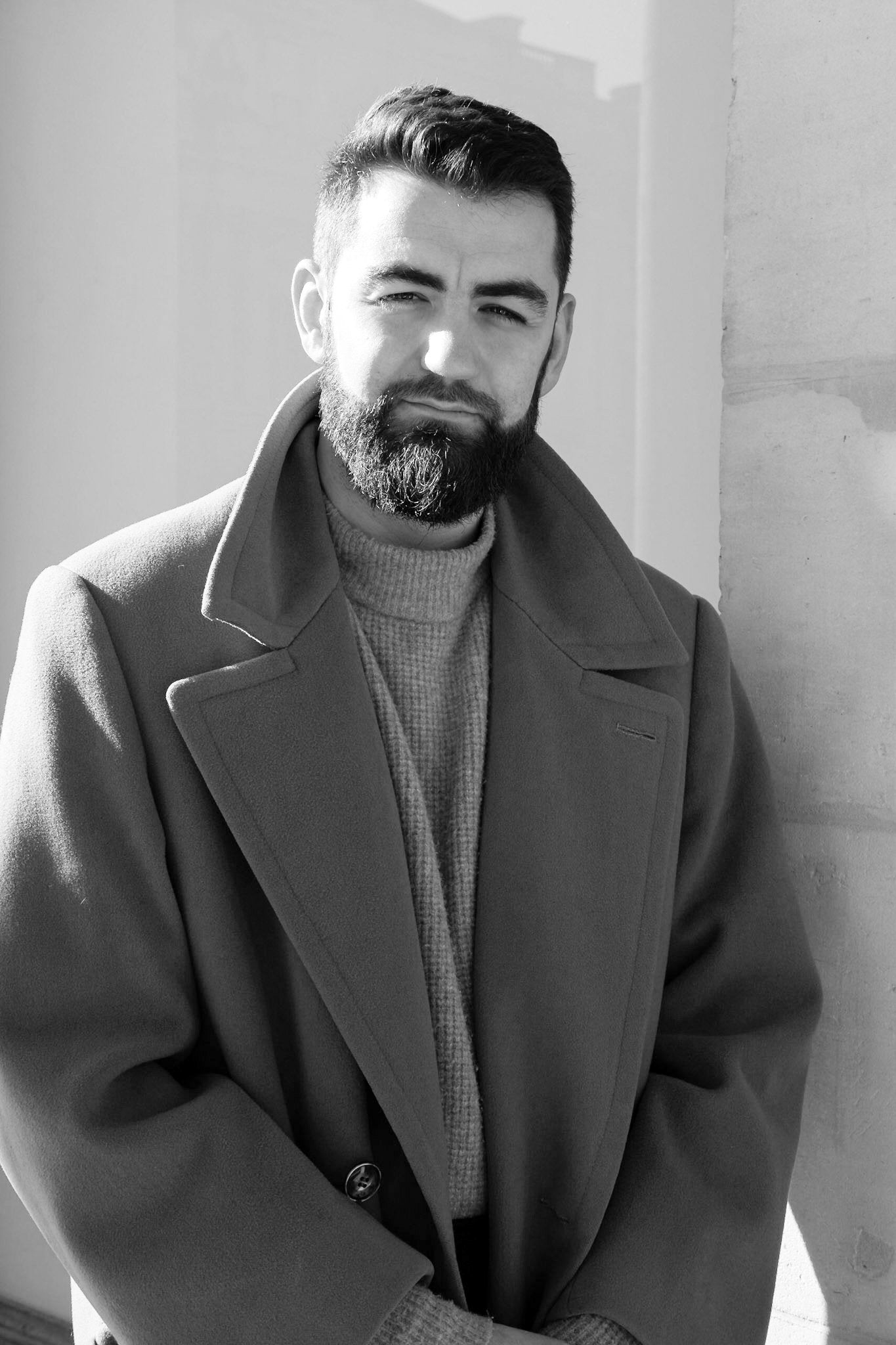
Exploring the Intersection of Art and Technology with Paul Mouginot
Conversation
Dec 01,2023 Written by New Society
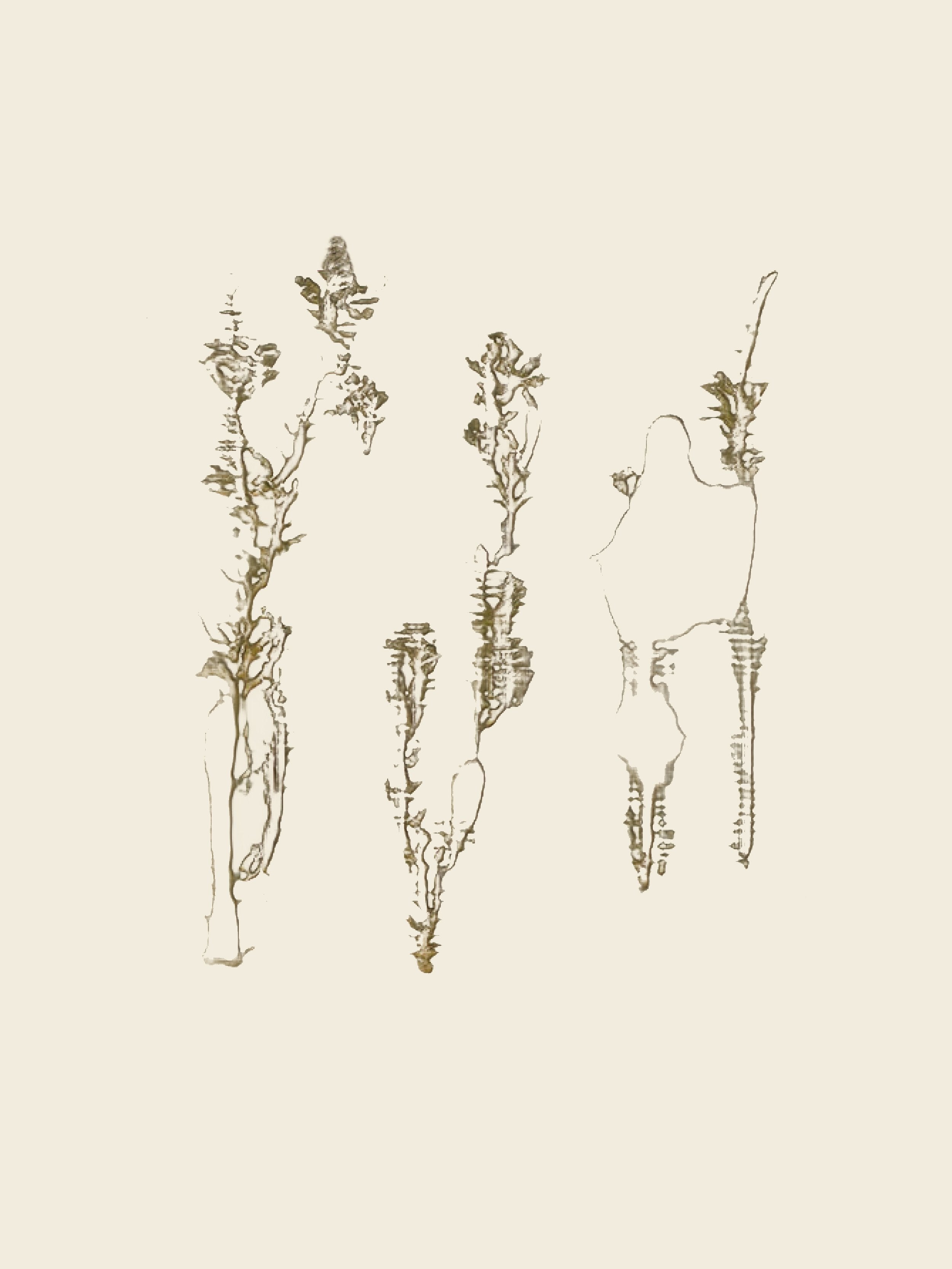
In 2019, Paul founded Aurèce Vettier with Anis Gandoura, an artistic collective that pushes the boundaries of creative processes by exploring meaningful interactions with machines and algorithms. Using the Markov chains algorithm, he created a text generator that mimics the style of famous writers like Verlaine, Rimbaud, and Wilde.
Paul's passion for data extraction and processing led him to co-found stabler.tech, an industrial web scraping tool, and bem.builders, a metaverse experience factory. We look forward to discussing Paul's multifaceted career and his vision for the future of AI and art.
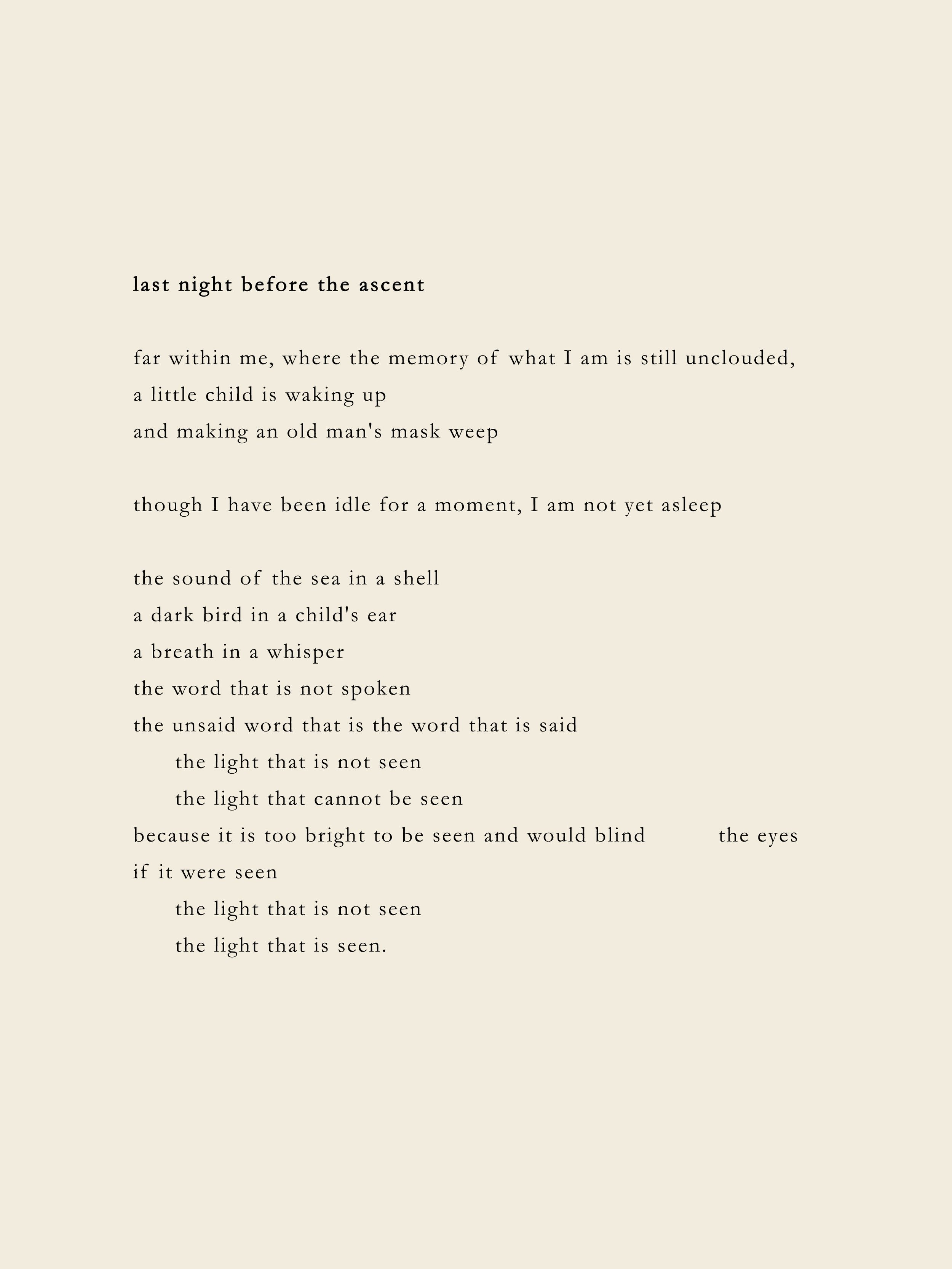
New Society: Artificial intelligence, or AI, is a complex and rapidly developing field that has become increasingly important in today's society. Before delving into how AI fits into the art world, could you please explain to our readers what AI is in simple terms?
Paul Mouginot: In the traditional computer science approach, when we want to make a machine do something, we have to explain to the machine exactly what we want, taking into account all possible exceptions. If we don't explicitly allow for all these exceptions, it causes a bug, for example.
When implementing artificial intelligence algorithms, there is a form of implicit programming. You have to explain to the machine that a set of cases A leads to a result B, and somehow the path between these cases is constructed by the machine. This is why we talk about a kind of “intelligence”. And once you have shown 1000 relevant cases A leading to result B, the machine usually understands that a 1001st case A, which it has never seen before, must also lead to result B.
The implicit operation of artificial intelligence has opened up many possibilities for data processing that were not possible before: image detection and recognition, prediction of complex physical or mechanical phenomena, or the generation of texts and images on the basis of a training set.
On the artistic side, artificial intelligence has generative capabilities, and it is possible to generate images, texts, sounds, from training data. It is a new world that is opening up.
I have a background in computer science and art, and I have always been interested in exploring the intersection of the two disciplines. As technology has advanced, I have become increasingly fascinated with the potential of artificial intelligence to create unique and powerful artworks.
I started experimenting with AI-based art about ten months ago and have since been exploring its various applications and possibilities. I believe that AI can be used to create beautiful and meaningful art, and I am excited to continue to explore its potential in my work.

NS: Can you tell us how you became interested in AI and why you chose to use it in your art, especially in your poems?
Paul Mouginot: I have always worked in the field of artificial intelligence and data processing, and I am obsessed with art history. In 2019, the stars aligned, and I decided to create aurèce vettier, an art lab that allows me to explore the creative possibilities offered by algorithms, and how to transpose these new forms into the real world using cutting-edge techniques and crafts.
My works are the result of many back and forth between real and digital space. A few years ago, I was one of the few AI artists to produce physical works such as sandstone tablets, bronze sculptures or oil paintings, generated by algorithms.
Poetry is the backbone of my practice, and I write a lot. I also created my own AI-generated alphabet, called “latent botanist writing”. Poetry allows me to explore the theoretical confines of what I produce, also to infuse my emotions into the work, even into the titles of the works.
In 2019, I wrote a book of poetry in collaboration with Markov chains, in 2021 I participated in the pioneering Etherpoems project that injected poetry into the ETH blockchain itself. Subsequently, I have put on numerous AI poetry performances and participated in exhibitions around the world, such as POEM OBJKT at Avant Galerie Vossen in partnership with theVERSEverse.What amazes me is that by collaborating in depth with AI, by training them on a highly personal deposit, we end up with disturbing texts.
For example, a poem that I wrote in early 2021 with GPT-3 and, in a rather intuitive way, becomes more and more true with the years. For a long time, I was almost the only AI artist among the hundred or so in the space to defend the creation of very physical and concrete works, to want to spread these amazing forms in the real world. This has led to some interesting debates on Twitter, and I've had time to write about it in various articles or books. It's interesting to see that more and more artists are now trying to create objects or works derived from AI forms, it shows that there is some kind of desire to research this.
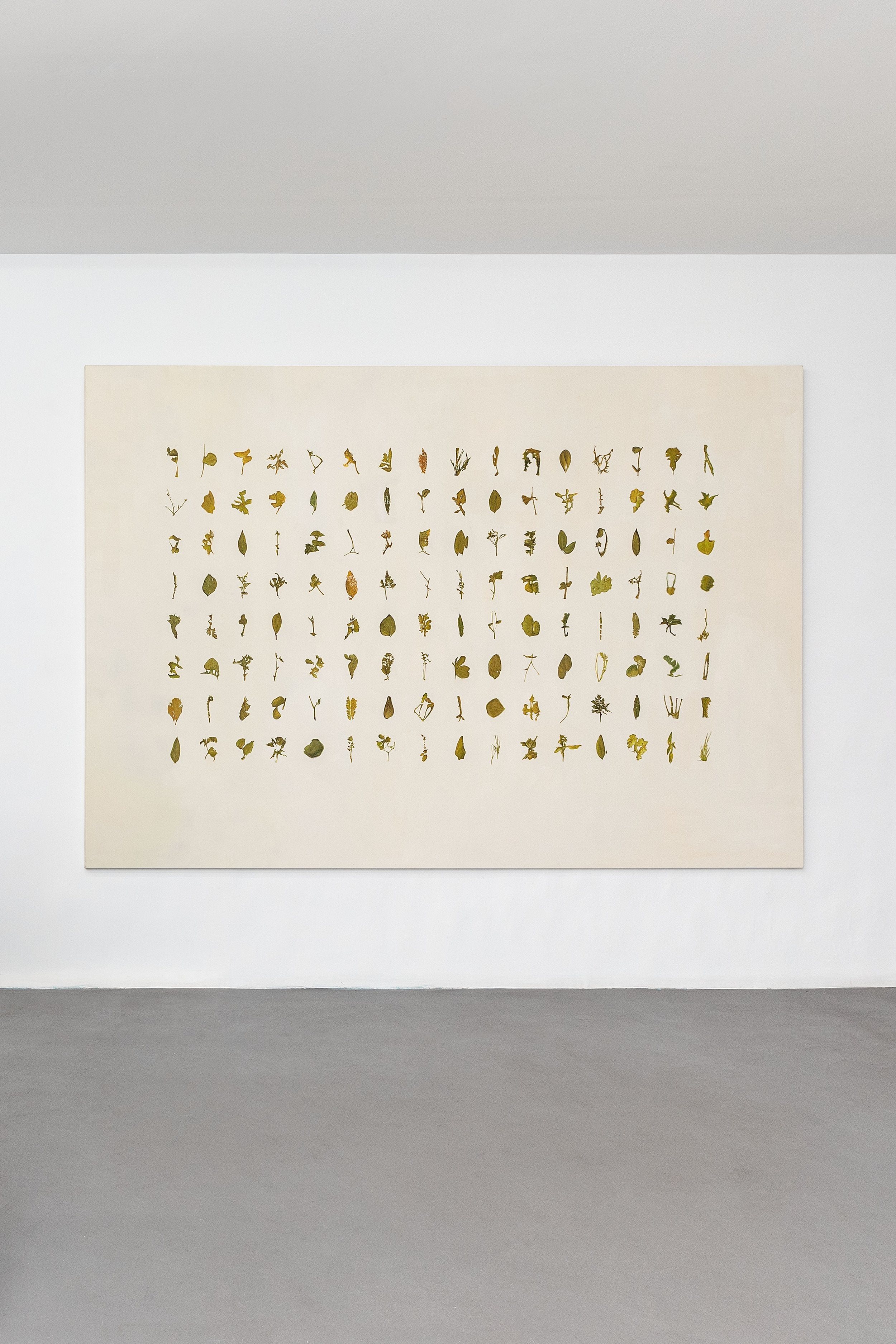
NS: How do you manage to keep a human touch while using technology? And what are your goals and the message behind your art?
Paul Mouginot: It's very simple. I try to deploy an ecosystem that is very clear in my mind and heart, but that I can't totally define explicitly with words. And I leverage on a deposit and concerns, and extremely personal artistic loves.
When you are a digital artist, you often have to do your own marketing, to be in the conquest of the territory and to shout everywhere, but it is not my thing. My work is about nature, hybridity, the notion of living in oneself. There is a silent, monastic dimension, it's almost a whisper. I sometimes use very old algorithms that I push to their limits, especially the GANs, because I think we have moved on a bit quickly. And I gather many shapes from nature as well.
In my latest series, “Circular Ruins”, I use text-to-image algorithms to reconstruct images from descriptions of dreams I had in 2021. For this, I don't use pre-trained algorithms (MidJourney, Dall-E), I assemble my own tools from pre-existing blocks and train them on my personal pool of photos and texts.
This way, not only do I have a human touch that feels like me, but it also allows me to not operate in series, as the work is so aligned with my life and concerns. I make sure that all my pieces can live with each other.
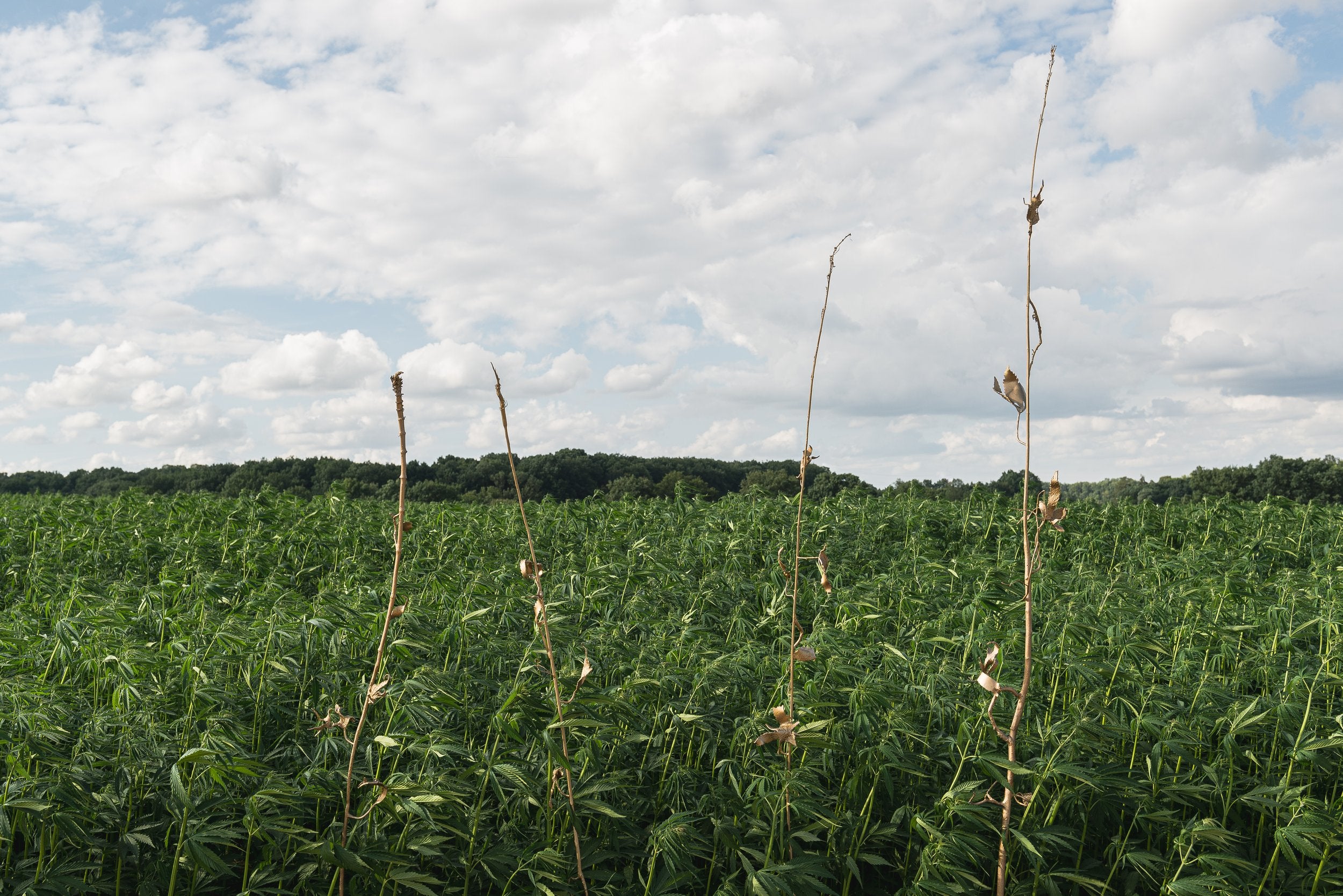
NS: How has AI changed your perspective and appreciation of art and creativity?
Paul Mouginot: There are many ways for an artist to create. Sometimes you're a better curator than creator, and that's okay. I find that artificial intelligence allows to extend the research started by major artists of generative art such as Vera Molnar, Herbert Franke or Manfred Mohr. AI brings a “possibility of digestion” of huge volumes of data, and of generation of a quintessence from these data.
In my studio, I don't have an assistant to help me, but I consider algorithms as a kind of camp assistant, which allow me to generate raw material.
I love experimenting with new technologies that come out, pushing their limits, but the most important thing for me is to find a form of justness in the execution, from the concept to the physical medium.
It's a balancing act.
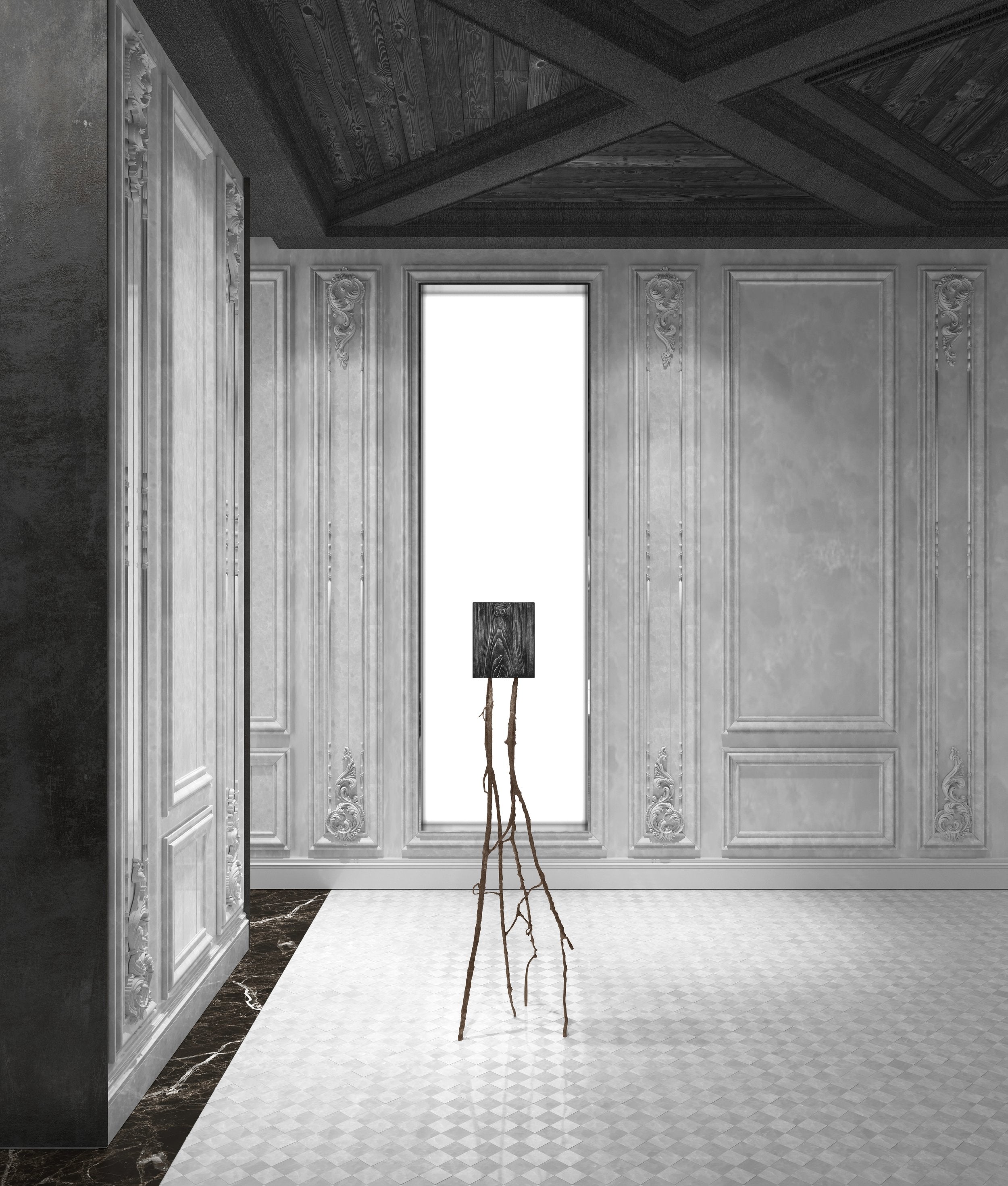
NS: How do you think AI will change the way we work, interact and create? And what role do art and creativity play in shaping society?
Paul Mouginot: When I created aurèce vettier, I walked in the desert a bit and the generative AI community was quite small. We were a kind of family and we all knew each other. I bought work from my peers to live with, and I traded some too. In our exchanges, there was a little Saint Germain artist community vibe from the 60s.
In the past several months, interest in generative AI has literally exploded, as user interfaces have made it easier to access. No need to code the algorithms, assemble them and put them into production – all at great expense. I think that's wonderful because it allows so many ideas to spread and come to life.
I think we should not be slaves to algorithms and keep a critical mind on what they allow to do. ChatGPT for example is not there to answer precisely to questions, but of course it can be a help to write texts.
In my opinion, this is really a paradigm shift: in the past, generative artists asked the question of what the machine can do for the artist, and now this question is reversed.
Today, an artist who uses AI has access to such powerful tools that the question arises: how to deploy a discourse, a personal ecosystem? What is the relationship with the history of art? How to use generative tools in a sustainable way, without being in over-production?
In any case, these are the questions that drive me in my work. This research makes me immensely happy.
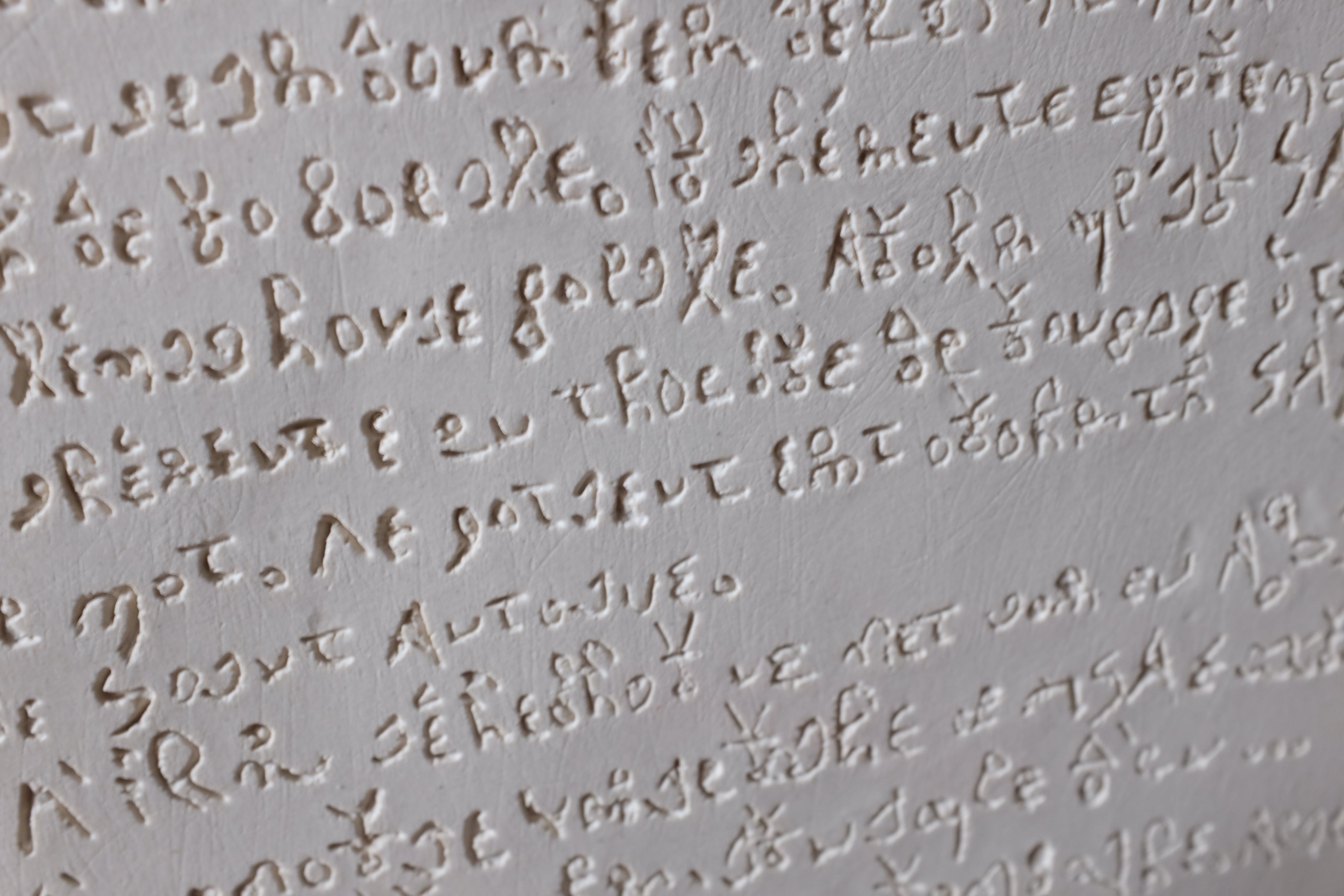
NS: Finally, do you have any recommendations of artists or web3 people we should talk to?
Paul Mouginot: There are a lot of them, so I'm going to take the liberty of mentioning a few AI artists that I can also call my friends. I really enjoy interacting and working with Robbie Barrat, Sasha Stiles, Anne Spalter or Gordon Berger.
Beyond AI, I find the work of web3 artists like Agoria, Albertine Meunier, Operator, Kalen Iwamoto, Qubibi, Ana Maria Caballero, SamJ, Primavera de Filippi, Merzmensch or Mattia Cuttini just fascinating.
With a few exceptions, the behavior of web3 artists is very different from that of more classical artists: we are much more into helping each other, collaborating, trying to help each other grow, and that feels good.
I would also like to draw attention to and pay tribute to the brilliant curators in the web3 space, who help enormously to deploy ideas: Fanny Lakoubay, Beth Jochim, Stina Gustafsson, Sofia Garcia, Micol Apruzzese, Clara Peh, Kate Vass, Zsofi Valyi-Nagy, Caroline Vossen, Tina Rivers Ryan, Julia Kaganskiy, Gaia Bobò…
I have probably forgotten many of them – sorry for that. They are all pioneers.